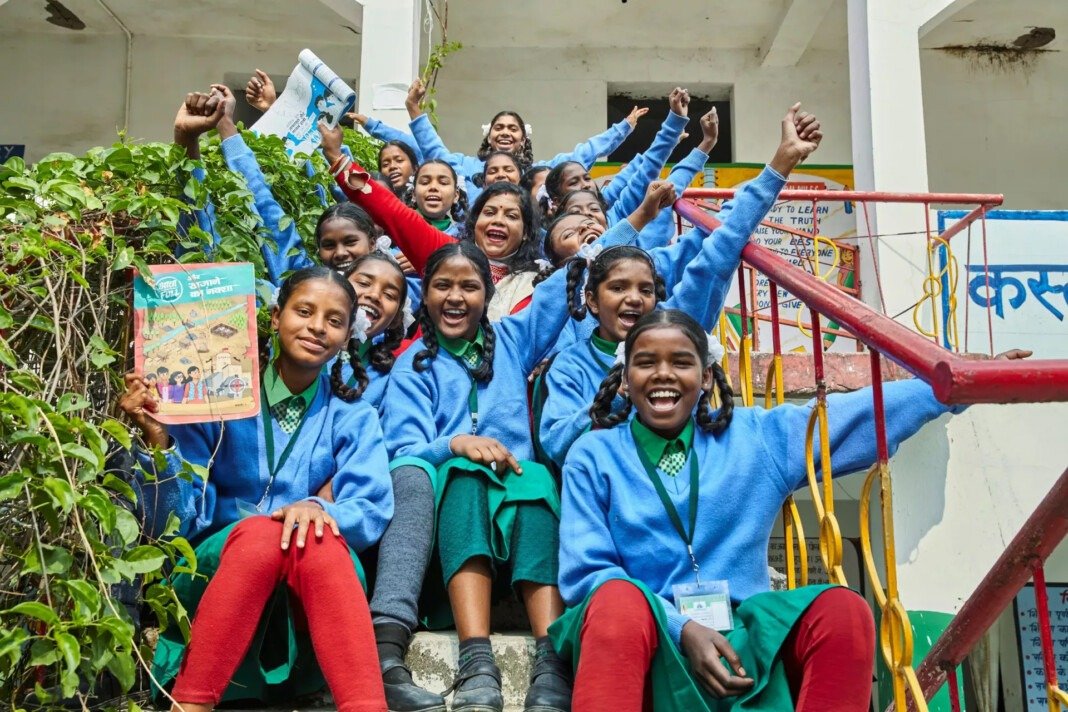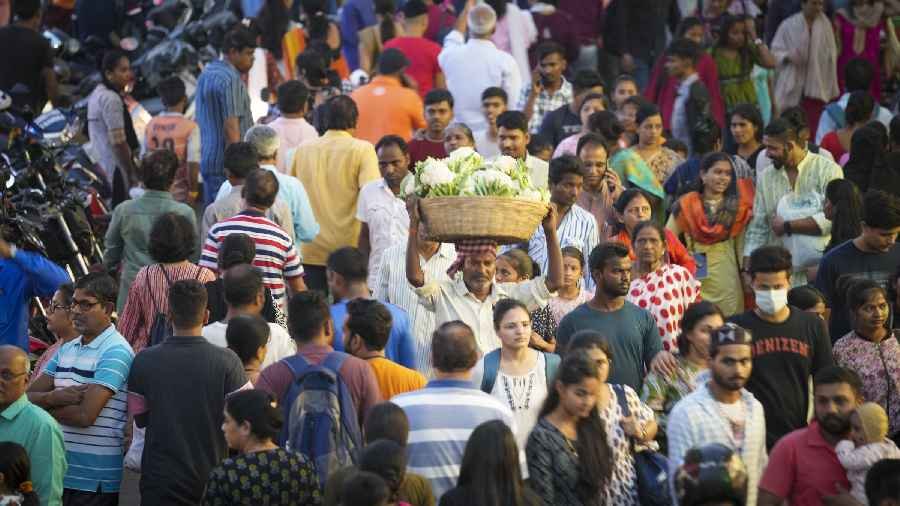NEW DELHI, Nov 7: Three UN agencies have prepared guidelines to help youths from marginalised communities transition from “learning to earning,” and would introduce a framework to address both practical and systemic barriers impacting their progress, said Cynthia McCaffrey, the UNICEF India Representative, on Thursday.
UNICEF India, in partnership with the United Nations Population Fund (UNFPA) and United Nations High Commissioner for Refugees (UNHCR), is preparing to release the Technical Guidelines for the Most Marginalised in the next few days.
Speaking to PTI about the guidelines, McCaffrey said it aims to reshape youth programs by focusing on the marginalised communities and introducing the RAISE-TM framework — Relevance, Accessibility, Inclusivity, Safeguarding, Enabling, Transformative, and Measurement.
The guidelines address both practical and systemic barriers, ensuring that programmes are inclusive, adaptable and impactful.
By emphasising the development of 21st-century skills, the guidelines help youth transition from “learning to earning”, McCaffrey said while underlining that the youth want to be productive citizens and they need skills to transition from learning to earning.
According to the draft guidelines, the RAISE-TM framework’s adaptability enables accessibility for youth across diverse contexts — urban, rural, tribal, and differently-abled backgrounds — addressing barriers like limited Internet access, socio-cultural norms and geographical isolation.
“The agility of this framework lets us adapt it to various communities, whether rural, tribal, or differently abled so that all young people can benefit,” McCaffrey said.
Developed with insights from consultations with youth in five states, the guidelines prioritise what young people demand most — digital literacy, entrepreneurship skills and financial independence.
“These guidelines give a common approach but were crafted from what young people are actually saying they need. We’re listening to youth voices and aiming to meet their demands for skills that foster independence,” she said.
Recognising compounded challenges faced by marginalised young women, the guidelines aim to foster a supportive ecosystem that considers gender and intersectional barriers, she said.
“For many girls, simply being young and female adds another layer of challenge. These guidelines aim to help create an ecosystem where girls and young women feel supported and have the opportunities they deserve,” she said.
Emphasising the need for multi-sectoral engagement, the guidelines advocate for a partnership model involving government, civil society, the private sector, and youth to build inclusive environments.
“We can’t do this alone. This framework leverages partnerships across sectors to strengthen platforms for young people with the government as a primary partner,” she said.
The guidelines also introduce a self-assessment tool that allows programme implementers to evaluate inclusivity practices across seven dimensions.
“This self-assessment is key to ensuring that we’re not only reaching numbers but truly reaching the most vulnerable young people,” McCaffrey highlighted.
Setting policies against discrimination, harassment and exploitation, the guidelines establish safe spaces for the marginalised youth.
“Creating a safe, dignified space is non-negotiable,” said McCaffrey. “If we’re not reaching the most marginalized with protection and respect, then we’re not achieving our goals.”
The guidelines align with India’s sustainability goals, promoting skills in green sectors like renewable energy, eco-tourism, and recycling to prepare youth for the green economy.
A framework for data collection ensures that programmes effectively reach the marginalised communities by tracking metrics disaggregated by age, gender, disability, and socioeconomic status.
“We need to make sure our impact is reaching all demographics. Data-driven approaches help us see where gaps exist and ensure we’re inclusive in practice, not just in principle,” McCaffrey said. (PTI)












